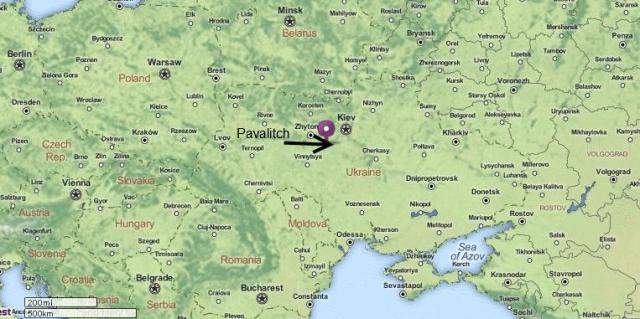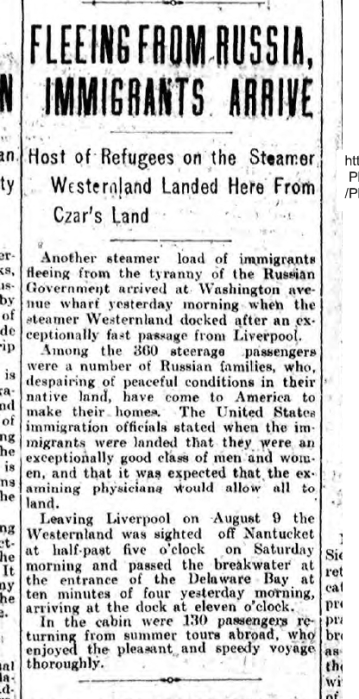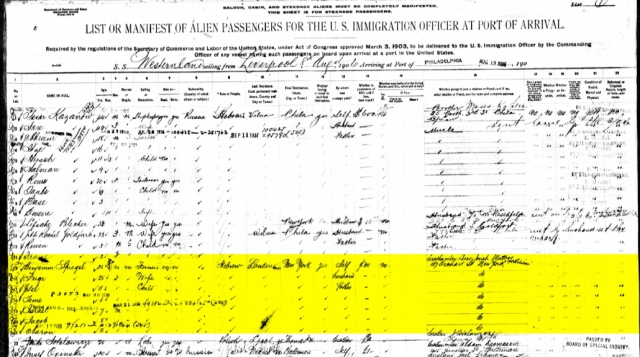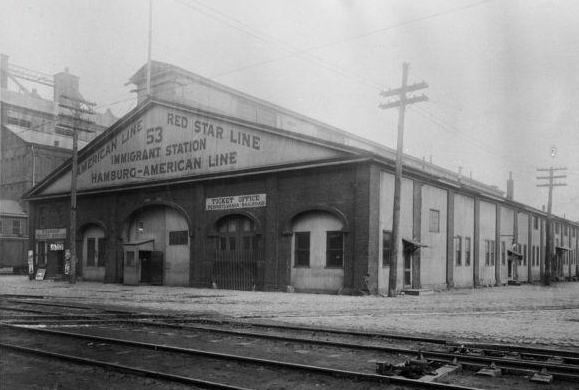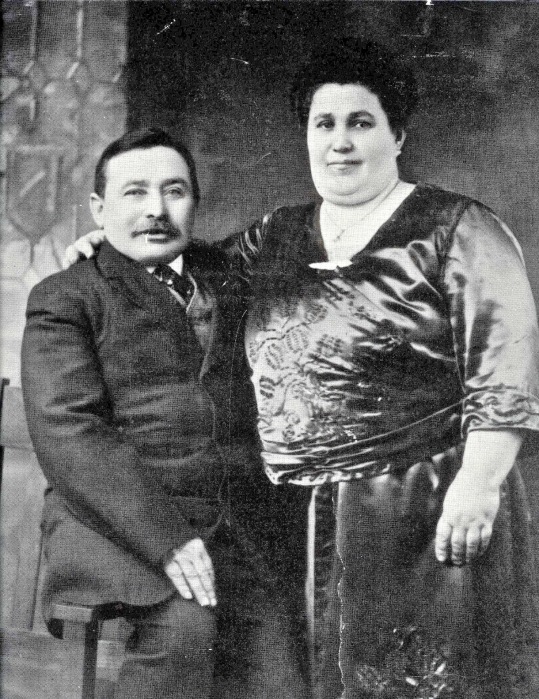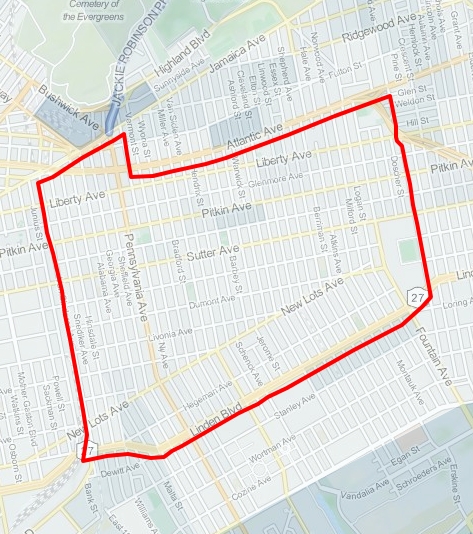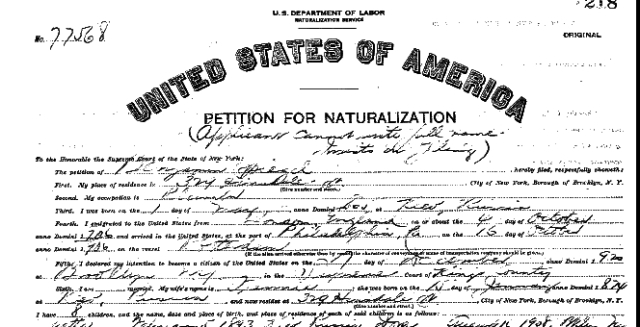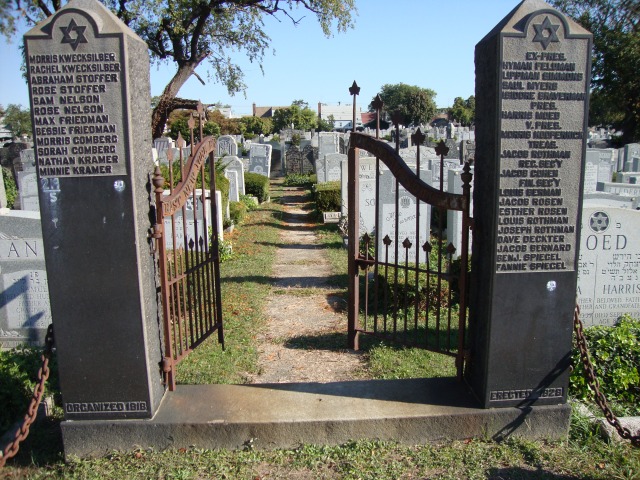Benjamin Spiegel and Fannie “Feiga” Shechtman Spiegel lived in the area of Russia known as the Pale of Settlement (see also Spiegel Family Outline and Outline of Flo’s family). They lived in Kiev, Russia (now Ukraine)–most likely in the nearby shtetl Pavalitch since few Jews were allowed to reside in the city of Kiev at the time.
Their first child, Yetta (Yiddish name Etel), was born in 1895. Within the next 11 years, they added three sons and a daughter to their family: Tillie (Yiddish name Teme), Irving (Israel), Jack (Jacob), and Harry (Aaron).
On Oct. 18, 1905, a large-scale pogrom occurred in Kiev and the surrounding towns. Neither army nor police controlled the rioters, who ran amok unhindered for three days. Although the rioters attacked houses of wealthy Jewish families in the city of Kiev, their attacks were mainly directed against the poor Jewish families in the city’s suburbs. The pogrom resulted in a massacre of approximately 100 Jews. It might have been at this time or soon thereafter when, according to a granddaughter of Ben and Fannie, Cossacks attacked the shtetl where Ben and Fannie’s family were living. The family fled for their lives. During their escape, Tillie climbed a fence. One of the Cossack’s bullets pierced the tip of her finger.
With the Cossacks attacking, Ben and Fannie piled their family into two wagons, Ben and the boys in one wagon and Fannie and the girls in another. One of the boys tumbled out of the wagon and would have been lost if Ben had not retraced his steps and rescued him.
After their harrowing escape, the family traveled to London and Liverpool, England and with Ticket #77042 in hand they boarded American Line’s SS Westernland.
Like many others who left Russia in 1906, the Spiegel family would have traveled by rail to the Russian border. Since crossing the border required a passport that was difficult and expensive to obtain legally, most emigrants were smuggled across the border in the middle of the night. In fact, from 1900 to World War I, 80 percent of Jewish emigrants crossed the Russian border illegally.
Before embarking on their journey, Benjamin most likely entered into a contract with the American Line. Like other shipping companies, it maintained shipping offices throughout the Pale of Settlement. The contract was usually all-inclusive, arranging for the entire journey for his family from Russia to New York City. It might have included overland travel from Russia to a primary departure port from Europe like Bremen, passage on a feeder ship from Europe to London, rail passage from London to Liverpool, transatlantic passage from Liverpool to Philadelphia on the Westernland, and rail transportation to New York City.
Why such a circuitous and lengthy route through England, when ships departed from ports closer to Russia? And why through Philadelphia? A voyage to Philadelphia was 200 miles longer than one to New York City, the family’s final destination, and New York City was a 100-mile journey by rail from Philadelphia. Transmigration through England did have its advantages. It afforded a family a rest stop after the long trek across Europe. And for Jewish travelers who adhered to a kosher diet, a stop in London was an opportunity to stock up on food for the voyage. Most importantly, a non-stop steamship ticket from Europe was priced higher, much like non-stop airfares today. Competitive fares could have tipped the balance for the Spiegel family.
The ship manifest for their voyage shows that on Sunday, August 19, 1906 the family arrived in the port of Philadelphia, Pennsylvania. This is the ship arrival discussed in the article shown above.
The immigration inspector recorded the following information about the family in the ship manifest:
Benjamin was 33 years old, Fannie was 28; Yetta, 11, Tillie, 8, Irving, 7, Jack, 5, and Harry, 2. Benjamin possessed $30— equivalent to $800 in 2014—and rail tickets for his family to reach their final destination in New York City. Neither Benjamin nor Fannie could read or write, but Benjamin said he was a farmer, an occupation that did not require literacy. They had last resided in London, England, for a period of 6 weeks. They were natives of Russia and they were headed to New York City to join Benjamin’s brother-in-law Louis Matusoff and his wife Rachel, who lived at 167 Orchard Street.”
The Philadelphia, Pennsylvania, Immigration Records, Special Boards of Inquiry shows more detail about their trip. When their ship landed, Ben and Fannie’s family was detained by Immigration Inspectors at the Immigrant Station while Tillie was sent to Philadelphia Hospital with an infected finger.
When Tillie was discharged from the hospital, the family was able to continue their journey by rail to New York City.
A 1910 census record shows that Ben and Fannie’s family lived in East New York, Brooklyn at 321 Georgia Avenue.
Unlike so many other Jewish immigrants who settled for a while in the Lower East Side of Manhattan, the Spiegel family quickly found a home in the East New York neighborhood in Brooklyn. It was less densely populated than other Jewish neighborhoods at the time like the Lower East Side, Williamsburg, and adjacent Brownsville. It was a younger neighborhood where you could buy a new modest home or rent an apartment in a more modern building. It was a working class immigrant neighborhood where Yiddish was widely spoken.
By 1910, the family had expanded to include two more children, Murray and Dora.
Ben was earning a living as an express driver, an occupation that he could do without a formal education or literacy skills. At that time, passengers and packages were transported to businesses and train stations by horse-drawn carriages and wagons.
The oldest child in the family, Yetta–who was about 15–was working in a tailor shop while her four oldest siblings attended school. It is likely Yetta never attended school, like so many girls at that time who were the oldest in a large family.
In 1911, Ben and Fannie’s eighth child, Minnie, was born. In 1913, about the same time that motorized trucks were appearing and horse and wagons began to vanish, the United States Post Office began delivering packages in competition with private express firms. Benjamin had to find another way to earn a living, and the 1920 census shows he began working as a plumber instead.
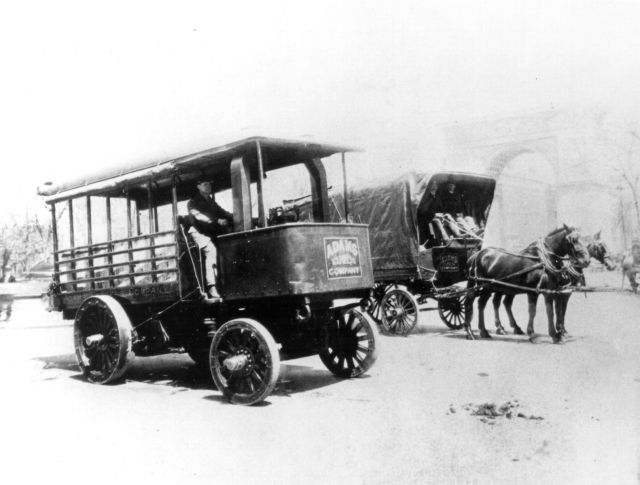
1912: An early motor truck and a horse and wage used by Adams Express Company represent the transition many companies made as technology evolved.
By 1920, Ben and Fannie were living in an apartment building at 329 Hinsdale Street in East New York. Their three youngest children–Murray, Dora, and Minnie–were enrolled in school while Jack and Harry were working. Three of their children had married. In 1914, Yetta had married Sam Glicker (see Family Friday: Yetta Spiegel Glicker). In 1915, Tillie had married Samuel Cohen. And Irving had wed Lillian.
In 1923, Ben applied for citizenship in the United States like so many other immigrants. He made a valiant attempt, but was unable to satisfactorily sign his entire name. Unable to meet this literacy requirement, Ben’s petition for citizenship was denied.
By the 1920’s Passover seders around the Spiegel table on Hinsdale Street were getting crowded with all the married children and grandchildren being born. Ben and Fannie’s granddaughter Celia Glicker recalled Benjamin leading Passover seders, and the matzo spread with schmaltz that Fannie served.
With the exception of Dora, all of Ben and Fannie’s children were married by 1933. Jack had married Mae Ferlazzo in 1920, Harry had married Rose Fiddleman in 1923. Minnie had married Morris Furman in 1929, and in 1933 Murray married Matilda Solomon. Later in the decade, Dora would marry Louis Nisenson. Eventually, Ben and Fannie’s grandchildren would number 19 in all.
Most of the children continued to live in East New York near to Benjamin and Fannie. It was a tight-knit clan, until 1935 when Fannie succumbed to renal failure. Less than a year later, Ben went into cardiac failure.
Ben and Fannie were buried at Montefiore Cemetery in Queens, NY in the burial plot reserved for the East New York Fraternal Society. The gatepost for the Society’s plot lists Ben and Fannie as board members for the organization when the gate was erected in 1928.
________________________________________________________________________________________________________________
Citations:
Spiegel descendant family stories.
Jews in Ukraine: Kiev web page at http://www.geschichteinchronologie.ch/eu/ukraine/EncJud_juden-in-Kiew-ENGL.html, based on Encyclopaedia Judaica (1971): Jews in Kiev, vol. 10
Out of the Shtetl, In the footsteps of Eastern European Jewish emigrants to America, 1900-1914, by Gil Alroey, accessed December 27, 2012 at http://israel-stu.haifa.ac.il/staff/alroey/out-of-shtetl.pdf,
The Ships List website, FAQ page, accessed 12/19/2012 at theshipslist.com
200-mile difference in voyages mentioned in Forgotten Doors: The Other Ports of Entry to the United States, edited by M. Mark Stolarik, 1988, Associated University Presses, page 37, accessed at books.google.com July 30, 2012.
The ShipsList Email Discussion List & Mail Archives, discussion list message dated 7/15/1999 by Sue Swiggim, July 31, 1904-“Westernland”- Liverpool to Philadelphia, http://www.theshipslist.com., accessed July 27, 2012.
Availability of kosher food aboard Titanic sheds light on immigration via England, by Marshall Weiss · April 11, 2012, www.JTA.org, accessed July 31, 2012.
Jewish Genealogical Society of Philadelphia, Russian Interest Group, January 20, 2008, at http://www.jgsgp.org/Documents/Emigration%20Routes%2020_Jan_2008.pdf
Spiegel family, Passenger Lists of Vessels Arriving at Philadelphia, Pennsylvania, 1883-1945. National Archives, Washington, D.C., Roll:T840_53; List O, Line: 15 to 21.
Reports of the Immigration Commission: Emigration conditions in Europe, United States. Immigration Commission (1907-1910), William Paul Dillingham, Govt. Print. Off., 1911
Philadelphia, Pennsylvania, Immigration Records, Special Boards of Inquiry, 1893-1909, Volume 37 Jul 9, 1906 – Aug 25, 1906, Westernland (Accessed 12/23/2012 at ancestry.com)
Jacob Black, Certificate 82896, September 4, 1906. Pennsylvania (State). Death certificates, 1906–1963. Series 11.90 (1,905 cartons). Records of the Pennsylvania Department of Health, Record Group 11. Pennsylvania Historical and Museum Commission, Harrisburg, Pennsylvania. (Accessed March 2, 2015 at ancestry.com)
Photo of Immigration Station in Philadelphia City Archive, accessed online on July 31, 2012 at http://www.phillyhistory.org.
Spiegel family, 1910 United States Federal Census, Brooklyn Ward 26, Kings, New York, Roll: T624_977, Sheet: 29A; Enumeration District: 0792, Image:1078, FHL microfilm:1374990.
Benj. Spigel, 1912 Brooklyn Directory, accessed Sept. 12, 2012 at ancestry.com
Teamster History Visual Timeline accessed 9/15/2014 at teamster.org
